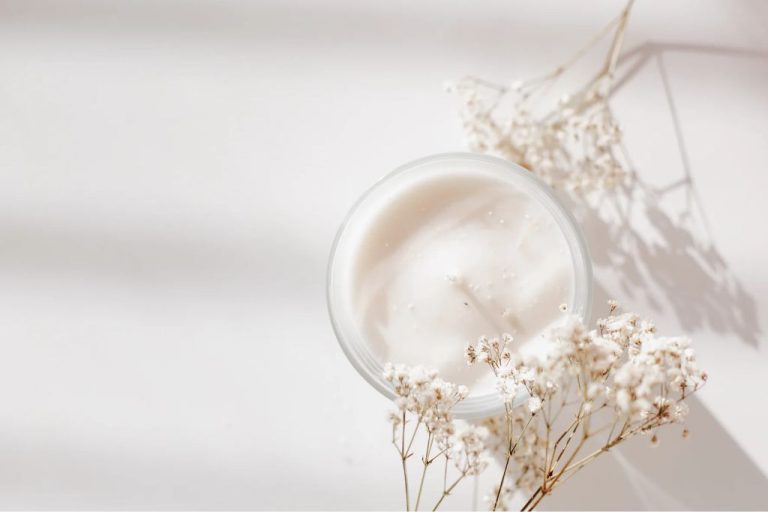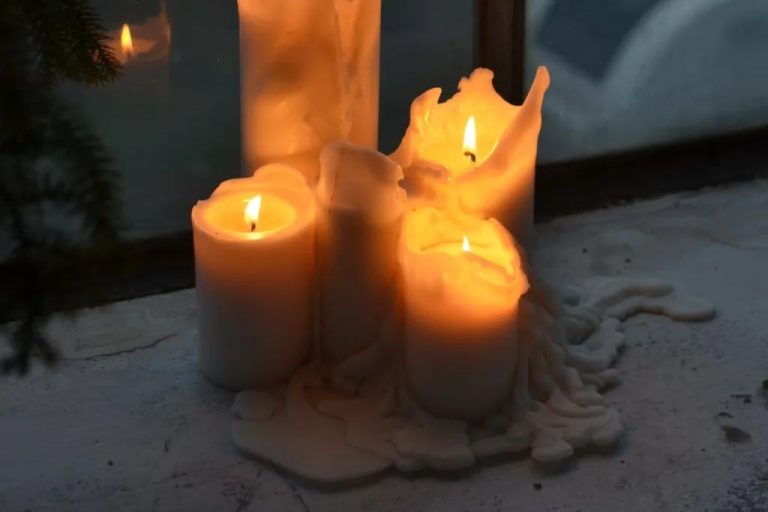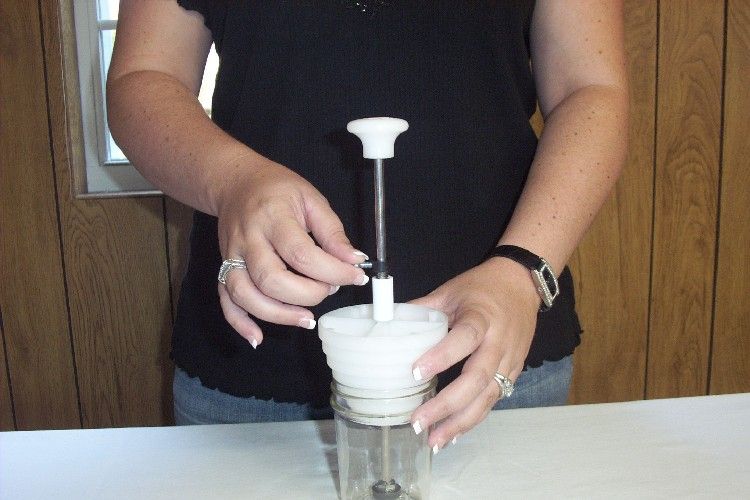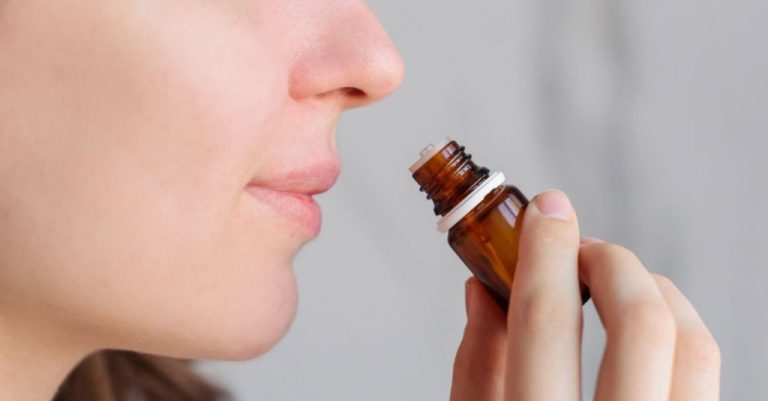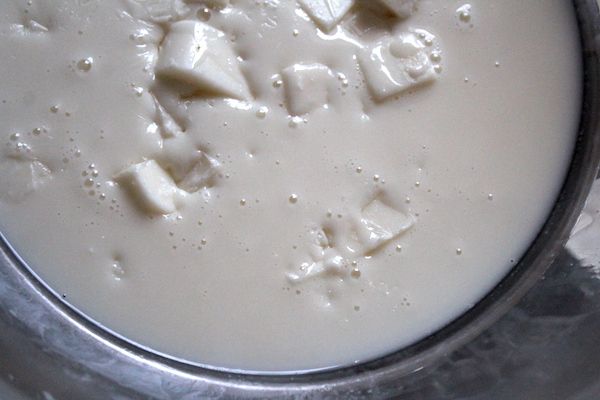What Are Food Safe Candle Wicks?
Food safe candle wicks are candle wicks made from materials that do not release toxic chemicals when burned. They are designed to be safe for use on candles where the melted wax may come into contact with food during use.
Food safe wicks are important because regular candle wicks can contain materials like lead that can be dangerous if ingested. Lead wicks release lead particles into the air when burned, which can then mix with melted wax. If that contaminated wax then drips onto food surfaces, the lead can make its way into food (Source: Reddit). Using food safe wicks prevents this potential contamination.
Types of Candle Wicks
There are several common types of wicks used in candle making:
Cotton
Cotton wicks are made from natural cotton fibers and are the most widely used wick type (Côté Bougie). They have good capillary action to draw fuel up but can produce more soot than some other wicks. Cotton wicks come in different ply, with more plies meaning more strands twisted together for larger candles. Popular options are single ply (1 strand), square braid (4 strands), and flat braid (6 strands).
Paper
Paper wicks are constructed from flat paper that has been treated and pressed into a tube shape. They have excellent capillary action but do not bend or curve well. Paper wicks work best for containers with straight sides rather than tapered jars (Elements of a Candle).
Wooden
Wooden wicks are made from wood fibers or bamboo pressed into a wick shape. They create a crackling sound when burning. There are hardwood and softwood options, with softwood tending to be more flexible (Lone Star Candle Supply). Wooden wicks require trimming to avoid clogging.
Zinc-core
Zinc-core wicks contain a zinc metal strand inside to help maintain an upright wick shape. This allows them to bend well in tapered containers. The core burns away as the candle is used. Zinc-free options are available.
Lead-free
Lead-free wicks do not contain any lead or lead compounds. Reputable suppliers have phased out leaded wicks due to health concerns. Most modern wicks are lead-free.
Lead in Candle Wicks
Lead core wicks were commonly used in candles until research revealed concerns about negative health impacts, especially for children. According to the U.S. Consumer Product Safety Commission (CPSC) in 2003, candles containing lead wicks could generate elevated levels of lead in the air when burned, potentially exposing children to lead poisoning (CPSC Bans Candles With Lead-Cored Wicks). Young children exposed to lead are at risk of developing learning and behavioral problems, delayed growth and development, and hearing loss.
The U.S. banned candles with lead wicks in 2003 and the EU banned them in 2002 due to these health risks (Beware of lead candle wicks that are poisoning your air). Consumers should check candle labeling and avoid any products that specify a lead or metal core wick.
Benefits of Food Safe Wicks
Food safe candle wicks provide several key benefits compared to traditional wicks made with materials like lead or zinc cores:
They contain no lead or other heavy metals that could contaminate the air or wax when burned. Lead wicks were commonly used in the past, but have been phased out due to health concerns. Food safe wicks avoid these issues. (https://www.delish.com/food-news/a42676204/butter-candles-safe-to-eat/)
Food safe wicks produce less soot and smoke when burned. Materials like cotton and wood fiber burn cleaner than metal-core wicks. This reduces air pollution and makes for a safer, healthier candle. The lack of soot also helps candles burn longer.
With no soot to clog the wick as the candle burns, food safe wicks allow for longer burn times. Candles can burn all the way to the bottom without the wick getting choked off by soot buildup. Longer burn times mean more enjoyment and value from each candle.
Food Safe Wick Materials
When it comes to food safe candle wicks, the materials used to make the wick are crucial. Some of the best materials for food safe wicks include:
Unbleached cotton – Unbleached cotton is a natural fiber that burns cleanly without releasing toxins. It’s biodegradable and compostable. Unbleached cotton wicks are commonly used in edible candles. According to Amazon, many food safe candle wicks are made from unbleached cotton food safe candle wick materials on Amazon.
Natural fiber paper – Paper wicks made from natural plant fibers like cotton are another good option. They burn cleanly and don’t release lead or other metals. Some paper wick manufacturers use sustainably-sourced materials. Natural paper wicks are a safe choice.
Wooden wicks – Wooden wicks are also free of lead and toxins. They create a pleasant crackling sound when burning. Wooden wicks made from bamboo, wood chips, or other natural materials make a good food safe choice. According to Delish, wooden wicks are recommended for edible candles as mentioned in this Delish article.
When selecting food safe wicks, organic and natural materials like unbleached cotton, natural fiber paper, and wood are ideal options. These materials burn cleanly and don’t release toxic substances.
Wick Structure

The structure of the wick is critical for proper candle burning. Wicks come in two main types: braided and knitted 1. Braided wicks are made by twisting several strands of fiber together. This creates a stiff wick that stands upright in the melted wax. Knitted wicks are made by knotting strands of fiber together, like a piece of yarn. Knitted wicks are more flexible and bend over as they burn. In general, braided wicks are preferred because they minimize issues like tunneling and mushrooming of the wick.
Wick thickness also matters. Thicker wicks are used for larger candles or candles with a wider diameter. Using too thin of a wick for a large candle jar can lead to poor burning and drowned wicks. Following the wick recommendations for a given candle diameter helps ensure proper melting and burning.
Wick Trimming
Proper wick length is crucial for optimal candle performance. The wick should be trimmed to 1⁄4 inch before each use to avoid smoking, uneven burning, and excess dripping down the sides of the candle. According to Martha Stewart, “If you don’t have any handy, use a pair of sharp scissors and trim vertically. Approaching the wick from the top, try to cut the wick evenly across.”
The wick should be trimmed every 4 hours of burn time for best results. As Harlem Candle Company recommends, “For an optimal candle-burning experience, we recommend trimming your wick at least every 4 hours of burn time. In other words, if you like to burn a candle for 3-4 hours at a time, trim the wick before each new burn.”
Trimming the wick regularly prevents tunneling, allows for an even melt pool, and reduces smoking and soot. Use scissors, nippers, or a specialized wick trimmer to neatly trim the wick before lighting. Trimmed wicks encourage proper wax pooling and lead to a cleaner, safer burn.
Candle Jar Size
Choosing the right wick size for your candle jar is crucial for proper candle performance. The general rule of thumb is that the wick size should match the diameter of the jar opening. A wick that is too small for the jar will not allow the wax to melt evenly or produce a full melt pool. On the other hand, a wick that is too large can cause issues like sooting, tunneling, or an excessively large flame.
As a guide, a smaller jar around 2-3 inches wide would use a smaller wick like CD 4-7. A medium jar 3-4 inches wide would use something like CD or ECO 8-12. Larger jars and containers 4 inches or wider would need a bigger wick, typically ECO or LX 14 and above (CandleScience).
It’s also important to consider the jar opening size. The wick should pass through the opening easily without scraping the sides. A too tight fit can cause clogging issues. Referencing manufacturer’s wick charts can help match the proper wick size to your specific jar’s dimensions.
Common Brands
There are several popular candle brands that use food safe wicks in their products. Some of the top options include:
Yankee Candle – This leading candle brand makes wide use of cotton core wicks to ensure a clean burn (https://www.yankeecandle.com). Yankee Candles can be purchased online and at most major retailers.
Bath & Body Works – Many of their 3-wick candles utilize paper core cotton wicks for a clean burn. Bath & Body Works has stores across the country and an online store (https://www.bathandbodyworks.com).
WoodWick Candles – This brand uses a unique wood wick made from natural wood fibers. The wood crackling provides ambiance. Find them online or in specialty candle shops (https://woodwickcandles.com).
Voluspa – This luxury candle brand hand-pours their candles in the US using 100% cotton wicks. Shop online or at retailers like Anthropologie and Nordstrom (https://voluspa.com).
Other brands to look for that use food safe materials are Village Candle, Paddywax Candles, and Homesick Candles.
Conclusion
Food safe candle wicks are an important consideration for any candles used around food or for culinary purposes. The key points around food safe wicks are:
- Many traditional wicks contain lead or other heavy metals that can contaminate food if the candle wax drips into food.
- Food safe wicks are made from materials like paper, cotton, wood, or tin which do not release toxic fumes or materials.
- Common food safe wick materials include unbleached paper, natural cotton, wood, and tin.
- Food safe wicks should be wide and stiff enough to remain upright in soft waxes like soy or beeswax.
- Properly trimming wicks to 1/4 inch before lighting helps prevent smoking and sooting.
Using the right food safe wick allows candles to be safely burned around food without worry of contamination. With some basic knowledge of wick materials and proper wick maintenance, candles can be safely incorporated into dinner parties, restaurants, and culinary uses.

